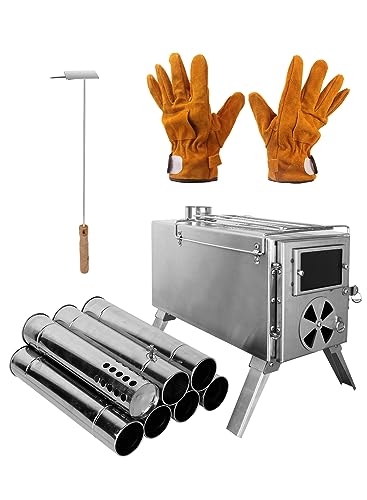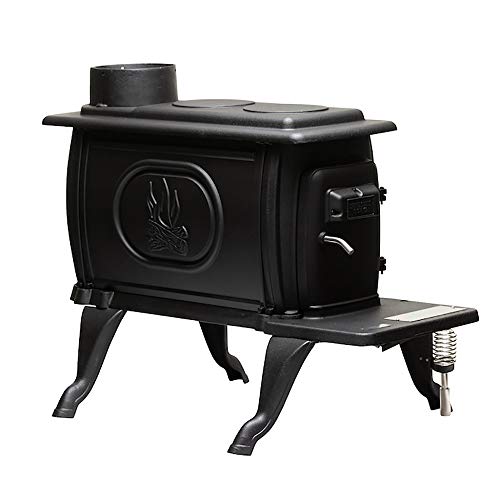Page Information

본문
 The Dangers of a Wood Burning Fire
The Dangers of a Wood Burning FireA wood-burning fire is a relaxing and comfortable experience. It can also release harmful combustion by-products. It is essential to know how wood burns, and how to properly use your fireplace.
Choose mature logs or Kiln dried logs. Logs that are seasoned are less moist and can be more hot than unseasoned logs.
Burning Time
 Burning wood to produce heat is a traditional and effective method of heating. This kind of fire can release pollutants both indoors and outdoors that can be detrimental to the human body. A well-designed fireplace, when properly used can help reduce the negative effects of burning wood.
Burning wood to produce heat is a traditional and effective method of heating. This kind of fire can release pollutants both indoors and outdoors that can be detrimental to the human body. A well-designed fireplace, when properly used can help reduce the negative effects of burning wood.The amount of time a wood fire lasts depends on the degree of heat. The temperature of the fire affects the amount of smoke produced, as does how much carbon monoxide is released. Carbon monoxide can make it difficult for occupants to get out of a burning structure in the event that levels are too high. To prevent this from happening, it is crucial to keep the fire at an unheated level.
During the initial phase of the fire, volatile gases like alcohol and methane are released from the wood's cellulose. These gases are non-combustible or combustible, based on the moisture content and pyrolysis temperature of the sample. The temperature of pyrolysis increases up to 320 degrees Celsius. At this point cellulose starts to break down, forming coal and tar. This process is referred to as wood pyrolysis.
In addition to the volatile gases, burning wood releases a myriad of other harmful combustion products, like dioxins and polyaromatic hydrocarbons (PAHs). PAHs are known to cause cancer and other illnesses in animals and humans. They can also cause contamination of water and soil. Wood must be burnt in a space that is well ventilated to minimize the effects of PAHs.
A wood stove equipped with an extended burn capability can maintain visible flames for hours while consuming the least amount of fuel. This method involves laying wood with lighter kindling and heavier pieces to stop the fire from burning out too fast. This technique can be used to create a an open flame that generates high heat for overnight use or when you are working.
The duration of the fire is determined by many factors, like the amount of moisture in the wood. Dry wood burns more quickly than damp wood. The surface's absorptivity affects its burning time. Simms [59] observed that the critical heat flux needed to ignite Mahogany and oak samples with coated surfaces was significantly lower than without them.
Temperature
The temperature of a fire is incredibly crucial. The temperature of a fire will affect the speed at which it burns and also the amount of heat it produces. It also affects the risk in the event of a person being burned. It also influences the amount of smoke that is produced. If there is too much smoke, it can irritate the throat and eyes which is why people should be careful not to breathe it in.
When wood is burned, it creates a lot of heat, and can even reach high temperatures. The temperature of a fire will differ based on the type of wood burning fireplace that is used and its moisture content. Wet wood, for instance will burn at less heat than dry wood. This is because wet wood can absorb more water and less heat. It is important to use dry wood, and you should also ensure that the wood has been seasoned before burning it.
When the wood reaches a high burning temperature, a significant amount of heat and ash will be released. The amount of ash released depends on the type of burning cheap wood burning stoves and the degree of heat. Some woods such as oak and larch produce very little ash. Others, such as birch, can produce large amounts of ash.
As the wood is burned it goes through a three-stage process referred to as pyrolysis. The process begins with a chemistry reaction that transforms the organic substances within the wood into carbon dioxide and methane. The resultant gases are taken up by the air around them. When the wood is heated these gases will rise, and ignite the surface of the wood and create a flame that will heat the wood until it explodes.
The temperature of a wood burning fire can be very high, and it can cause damage to surfaces when it comes into contact with them. Avoid touching the wood coal stove for sale-burning fire garden shed with wood burner bare hands as it can cause serious burns. You can reduce your risk of burns by wearing gloves and working in a ventilated area. Also, it is recommended to wear a mask when working near a wood burning fire to avoid inhaling the smoke.
Smoke
10kw wood burning stove burning fires produce smoke which is a mixture of fine particles and gases (also known as particulate matter, or PM) that are harmful air pollutant. PM from wood combustion could contain toxic organic compounds like benzene, formaldehyde and polycyclic aromatic hydrocarbons and mineral particles like calcium, potassium, and magnesium. These particles can cause a variety of health issues such as respiratory and cancer. Smoke from wood can cause people to inhale CO, an odorless, colorless gas that can be fatal in small amounts.
The smoke that comes from wood fires is mostly due to volatile organic compounds (hydrocarbons) which evaporate from the burning material. The smoke is made up of water vapor, as well as by-products of incomplete burning (such as creosote) and the small modern Wood stoves amount of non-burned substances, also known as ash.
It is best to make use of seasoned wood in your fireplace or stove. Logs that have been cut and stored out of the elements and left to dry until they have been well-seasoned (a moisture content of 20-25 percent) will burn slower and produce less creosote. A good way to test the moisture content of a piece of wood is to hit it on two sides. The wood that is damp will make a sluggish sound, while seasoned logs will make an edgy sound.
The heat produced by a wood fire draws air surrounding it, the smoke and other byproducts of combustion are released through the chimney. If the ventilation system in your home isn't adequate, the chimney may be insufficiently able to draw air and create back drafts, which could cause the byproducts from the fire to accumulate within the home. This can result in the buildup of dangerous carbon monoxide, as as flammable cinders and creosote.
Smoke from wood-burning fires can be particularly harmful to older people, those with heart or lung diseases children, and outdoor fans. These individuals are more likely to suffer adverse health effects from smoke from wildfires like COVID-19 symptoms and aggravated asthma as well as chronic lung and heart diseases.
Safety
There are a few precautions you should take when using a wood-burning fire to minimize the risk. It is recommended to make use of a wood stove or fireplace screen and keep anything that is flammable at a distance of 3 feet. Carbon monoxide and Smoke detectors should also be installed in your home to notify you when dangerous gases are detected. It is also essential to not leave a fire burning unattended, since even a tiny spark could result in an explosion. Similarly, you should only employ a metal shovel and the ash bucket to clear the ashes from your fireplace, or wood stove, and keep it far away from any flammable objects.
Lighting the Fire
To begin a fire, put the dry and cut logs on an ash-covered bed. Add a layer of twigs and kindling and ash to the pile. Make sure there's enough space between each piece of wood to allow air circulation, which will help prevent the fire from dying out too quickly. If you need help in getting your fire going Try adding a few firelighters to the mix.
Open a window to let the fire get the oxygen it requires to burn brightly. This is particularly important for modern homes that are often well-insulated and lack natural air circulation or draft.
Once the fire has been built up, you should add more wood pieces. It is important to keep in mind that even the most seasoned hardwoods like oak and hickory produce lots of creosote when they are burned.
If you can, only use the wood that has been seasoned or kiln-dried, as this will reduce the possibility of creosote build-up up in your chimney. If you are forced to use fresh or green firewood, you must be extremely cautious because it will create more smoke and cause more creosote.
- Prev5 Lessons You Can Learn From Car Locksmith Near Me 24.12.17
- NextWhat's The Most Important "Myths" Concerning Asbestos Mesothelioma Might Be True 24.12.17
댓글목록
등록된 댓글이 없습니다.
